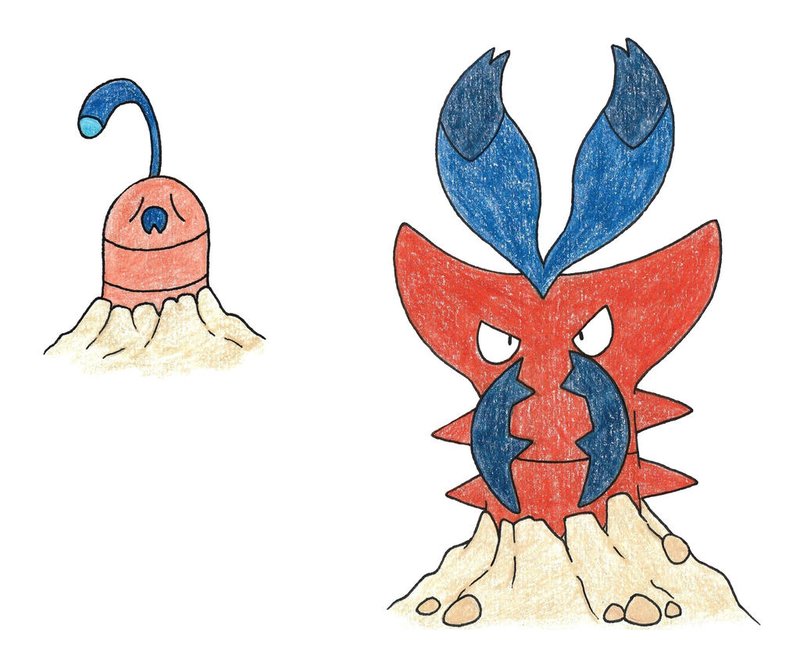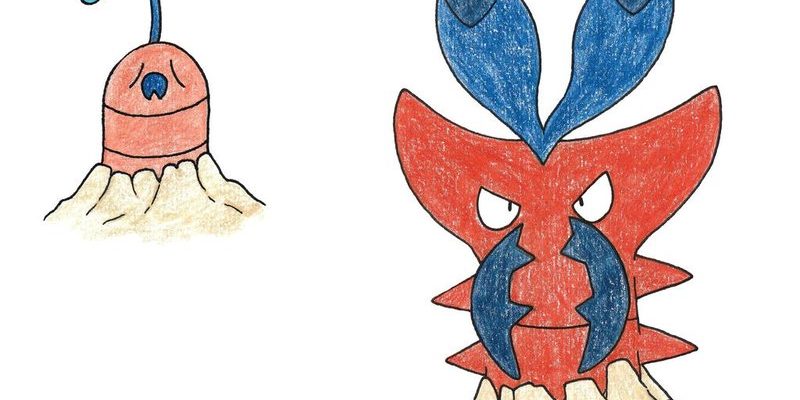
When it comes to equipment, you may want to consider using a red light flashlight or lantern. Brands like Streamlight or Fenix have options that are well-regarded for night observation. The red light won’t disturb the worms, allowing you to enjoy their amazing behaviors without scaring them off like white light does. Let’s dive into how you can effectively use red light to observe Bobbit worms at night!
Understanding Bobbit Worms
Bobbit worms, known scientifically as *Eunice aphroditois*, are an intriguing species. These creatures are native to tropical and subtropical waters worldwide, often living in burrows on the ocean floor. Imagine a long, segmented body that can reach impressive lengths, making them one of the longest worms in the ocean. They can be mistaken for colorful decorations in the sand, often hiding until they sense movement above.
You might be wondering why they’re called Bobbit worms. The name comes from a sensational story—not for their looks but their impressive hunting abilities. They can quickly lunge out of their burrows to snatch prey. This predatory behavior is part of what makes them so fascinating to observe. However, with their keen senses, they’re also sensitive to light, which is why red light is your best option.
The Importance of Using Red Light
Let’s talk about why red light is the best choice for observing Bobbit worms. Regular white light can startle these creatures, causing them to retreat back into their burrows. Imagine turning on a bright light in a dark room; it’s likely you’d want to hide too! Red light, on the other hand, doesn’t disrupt their natural behaviors.
Here’s the thing: red light has a longer wavelength, which is harder for many marine creatures to detect. This means you can illuminate your surroundings without disturbing the worms, allowing you to observe their unique behaviors. Whether it’s watching them hunt or simply marveling at their movements, red light creates the perfect balance.
Choosing The Right Red Light Equipment
When it comes to choosing the right red light for your Bobbit worm observations, you have a few options. Here are some popular choices:
- Red LED Flashlights: These are compact and easy to carry. Many models allow you to switch from white to red light.
- Red Headlamps: Perfect for hands-free operation, headlamps can help you keep both hands free for observing and jotting down notes.
- Lanterns: If you’re in a stationary spot, a red lantern can provide ambient light over a larger area.
Before you head out, make sure to check the battery and consider having extras on hand. Nothing’s worse than running out of power in the middle of an exciting observation! Also, some models offer a strobe mode or adjustable brightness, which can be useful depending on your setting.
Getting Ready for Your Night Observation
Now that you’ve got your red light sorted, it’s time to prepare for your adventure. First, it’s essential to find a suitable location where Bobbit worms are known to inhabit. Look for sandy areas or in coral reefs, where they are likely hiding in their burrows. Evening or nighttime is ideal since Bobbit worms are more active after dark.
Next, gather your gear. Aside from your red light, consider bringing a notebook to jot down observations and maybe even a camera if you want to capture the moment. A diving mask is also helpful to see underwater clearly. Dress comfortably and ensure you have your safety gear on hand if you’re diving.
Setting Up Your Observation Spot
Once you’ve found a good spot, it’s essential to set up your observation area carefully. Start by turning off any white lights—this can include your phone’s flashlight or other light sources. Take a moment to let your eyes adjust to the darkness. It might take about 20 minutes for your night vision to kick in fully.
Then, gently switch on your red light. Keep it at a low brightness, allowing enough light to see but not so much that it creates an overwhelming glow. Remember, the goal is to create a calm atmosphere where Bobbit worms feel safe to move about.
Tips for Observing Bobbit Worms
While you’re observing, patience is key. You might not see Bobbit worms right away, especially if they are hiding. Here are a few tips to enhance your experience:
- Stay Still: The less movement you make, the more likely the worms will come out to explore.
- Use Sound: Sometimes, subtle sounds like tapping or splashing can attract their attention.
- Look for Movement: Keep an eye on the sand for any disturbances; that might give away a worm’s location.
Documenting your experience can also enrich your observations. Whether it’s noting down behaviors, sketching, or taking pictures, it can be rewarding to revisit these moments later.
Common Challenges and Solutions
Even with the right tools and preparation, you might face a few challenges. Here are some common issues and how to tackle them:
– **Visibility Issues:** If your red light isn’t bright enough, you might want to consider using a flashlight with adjustable brightness. This way, you can control how much light is cast while still keeping it red.
– **Scaring the Worms:** If you notice that the worms retreat when your light is on, try to lower the brightness or angle the light away from their immediate area. Sometimes, a subtle approach works best.
– **Equipment Malfunctions:** Always carry backup batteries or a spare light source. It’s always good to be prepared for unexpected issues!
Concluding Your Night Observation
As your observation wraps up, it’s important to leave the area as you found it. This means turning off your red light and making sure there’s no rubbish left behind. Reflect on what you’ve seen; maybe you’ve witnessed a Bobbit worm in action or just enjoyed the peaceful ambience of the ocean at night.
Using red light for observing Bobbit worms is not just a practical choice; it opens up a magical world that’s typically hidden in darkness. So, grab your red light and get ready for a night full of discoveries! Happy observing!

